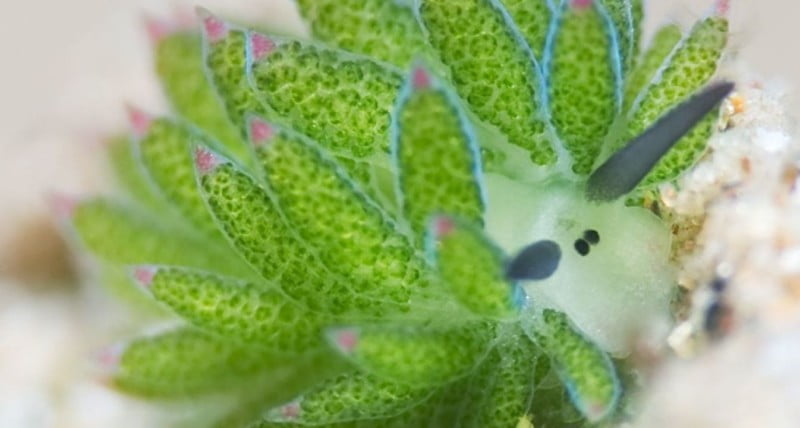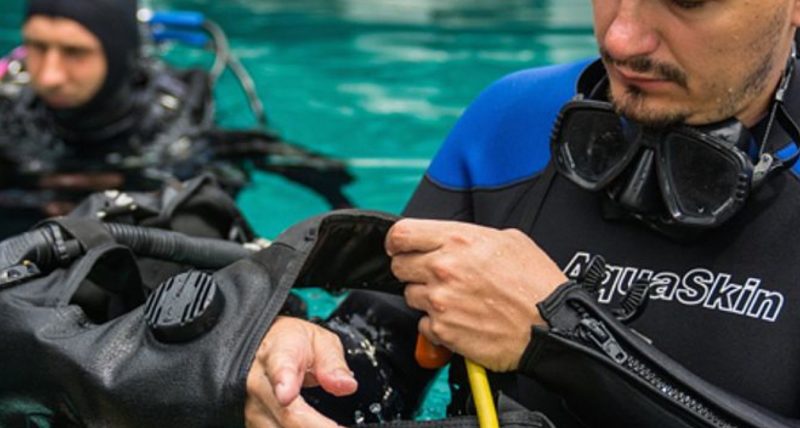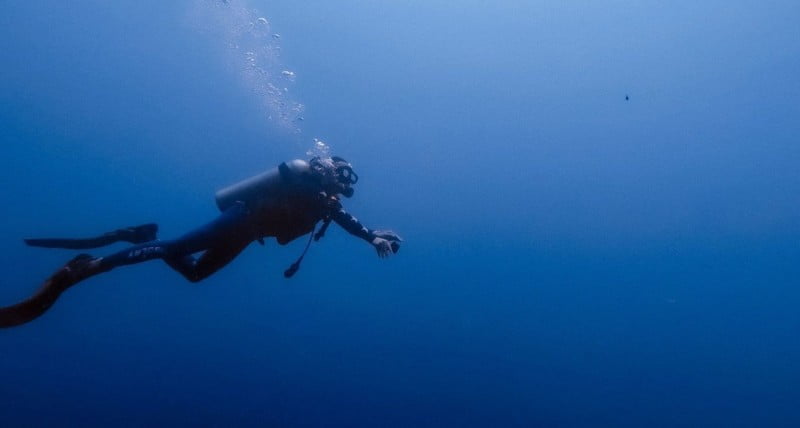Diving with Manta Rays at Manta Point and Manta Bay Nusa Penida
A humbling experience
Nusa Penida is a place southeast of Indonesia’s island Bali. Authoritatively, the island is an area of Klungkung regime. There are two little islands adjacent – Nusa Lembongan and Nusa Ceningan just 20 minutes watercraft drive from one another. Every one of them offers numerous plunging locales and excellence of marine lives. Whilst Padangbai diving destinations are famous for their sharks, turtles, sunfish and great macro, manta rays are most of the time basically found around Nusa Penida and Lembongan islands. If you are coming for a scuba diving holiday to Bali, those three spots are not to be missed.
Diving Manta Point in Bali
Diving with manta rays is exceptionally mainstream in tourists from around the globe who come to visit Bali. Manta rays are the biggest rays, firmly identified with sharks, and generally found in tropical and subtropical waters. These creatures are essentially channel feeders and eat extensive amount of zooplankton. Rather than picking their prey one by one, a manta ray just needs to open its mouth while it swims. It travels through water by utilising its wing-like balances. With humans this creature is normally benevolent and there is a good possibility of seeing it in the characteristic environment in light of the fact that it lives both in untamed oceans and near to shore. Mantas are entirely protected creatures in Indonesia and Bali, and divers have great chance of experiencing these ellegant creatures in the waters of Nusa Penida while diving in Bali.
Mantas can be found in the deep, as well as a large number of them are regularly seen near to the shore. Despite the fact that it is for the most part more desirable to go diving with manta rays around the cleaning station, it is conceivable to see them while snorkeling too. Notwithstanding when you are not the best at diving, or experiencing issues conveying a scuba pack, some diving administrators will readily encourage your needs to snorkel with mantas. You may have the chance to see the creatures around the cleaning station intently, and learn that snorkeling with manta rays is about as agreeable as scuba diving.
Manta Point is an awesome dive spot as it draws in manta rays through the whole year. The waters are rich with tiny fish which regularly interest the sublime flying creature of the oceans for nourishing. In any case, our Manta Point goes about and in addition a cleaning station which is an extraordinary favourable position for those divers who like to have the chance to see Manta rays from truly short distance and in exceptionally quiet conduct. More often than not mantas simply hover around you like in the ring of flame. The scene is simply astonishing and the picture of that enchantment creature will stay with you for rest of your life.
Likewise with each creature in wild, some days you can see one manta, on another day you can see twenty! Mantas are benevolent and appreciate the company of quiet and not pursuing divers. They regularly swoop into examine and shudder with fervour as the divers’ bubbles tickle their bellies. In the dry season particularly in more profound parts of Manta Point dive spot you have a decent opportunity to spot mola mola or sunfish as well. Manta rays are verging on feeling secure here. This being said, this is a common habitat,however it can happen that the manta rays modest out. Unfortunately the only place where any species can be safe 100% of the time is in an aquarium! Persistence is now and again needed before the monsters appear.
Divers are additionally regularly amazed by the sheer number of blue spotted stingrays. Perceive ability is 10m to 30m. Manta Rays are pulled in here by the measure of microscopic fish and supplements in the water. Awful visibility is frequently synonymous to having more Manta Rays in the water, same counts for big swell. Although Manta rays can be seen year-round along most of Nusa Penida’s south west coast, there are two main ‘Manta Points’: Manta Point I (aka Old Manta Point) and Manta Point II (aka New Manta Point)
Manta Point
Manta Point I: This area of coastlineconsists of dramatic limestone cliffs that descend straight into the ocean. On occasion the currents prevent even AMD-B’s powerful boats from reaching the site. In addition, although when there is no current here, the swell can make entry impossible. There’s a sandy bottom at 12-18m, however the cleaning station (a large rock) which is the focus of most dives here, is only 5m below the surface. I personally prefer ‘searching’ around the massive boulders at the site, however you’ve got a higher percentage chance of seeing Mantas if you go to the cleaning station.
Manta Bay
Not quite as far from the other dive sites as Manta Point I, however if the Mantas aren’t here (unless other pelagic are around), there’s not much else to see other than sea, sand and your dive buddies. In my experience, we see less Mantas here and they tend to be smaller too. Because the site is shallow, with less surges, it’s often possible to snorkel here. At both sites you might also see other pelagics such as Nurse sharks, big tuna and tiger mackerel. In sheltered areas you can see lionfish, octopus and cuttlefish, some big triggerfish including clown triggerfish and pufferfish. This is the must-see dive site for all divers who come to Bali. The manta ray is a majestic and impressive animal, and seeing it for the first time is a transcending and magical experience. An unforgettable dive awaits you!
Type of dive: Reef, marine biology, photography, diver training, fish identification, snorkeling
Depth: 7-20 metres
Certification level required: OWD certified diver
Visibility: 5-20 metres
Current: none to mild (strong surge is possible)
Access: Speedboat
Temperature: 20-29⁰ C
Flora and Fauna: Manta, nurse shark, blue spotted stingray, octopus, porcelain crab, banded sea snake, moray eel, hard and soft coral
Best time of year: all year
Read more about Padangai diving in Padangbai Guide for Scubadivers.
Already decided? See our special diving packages in Padangbai, Bali.
Coming to Bali? Here are the Must do Things in Bali.
Find more information in Manta Point Nusa Penida.


